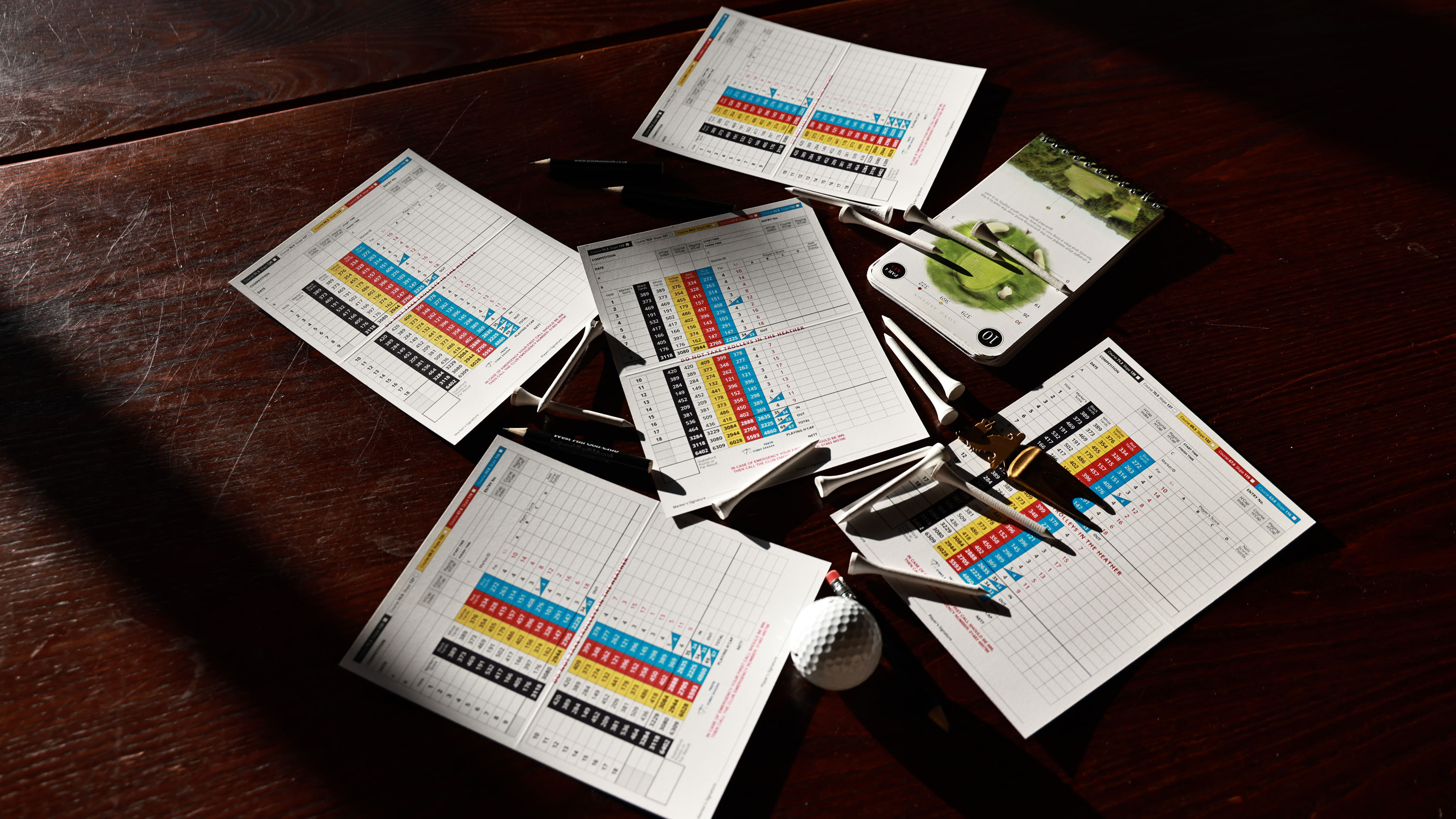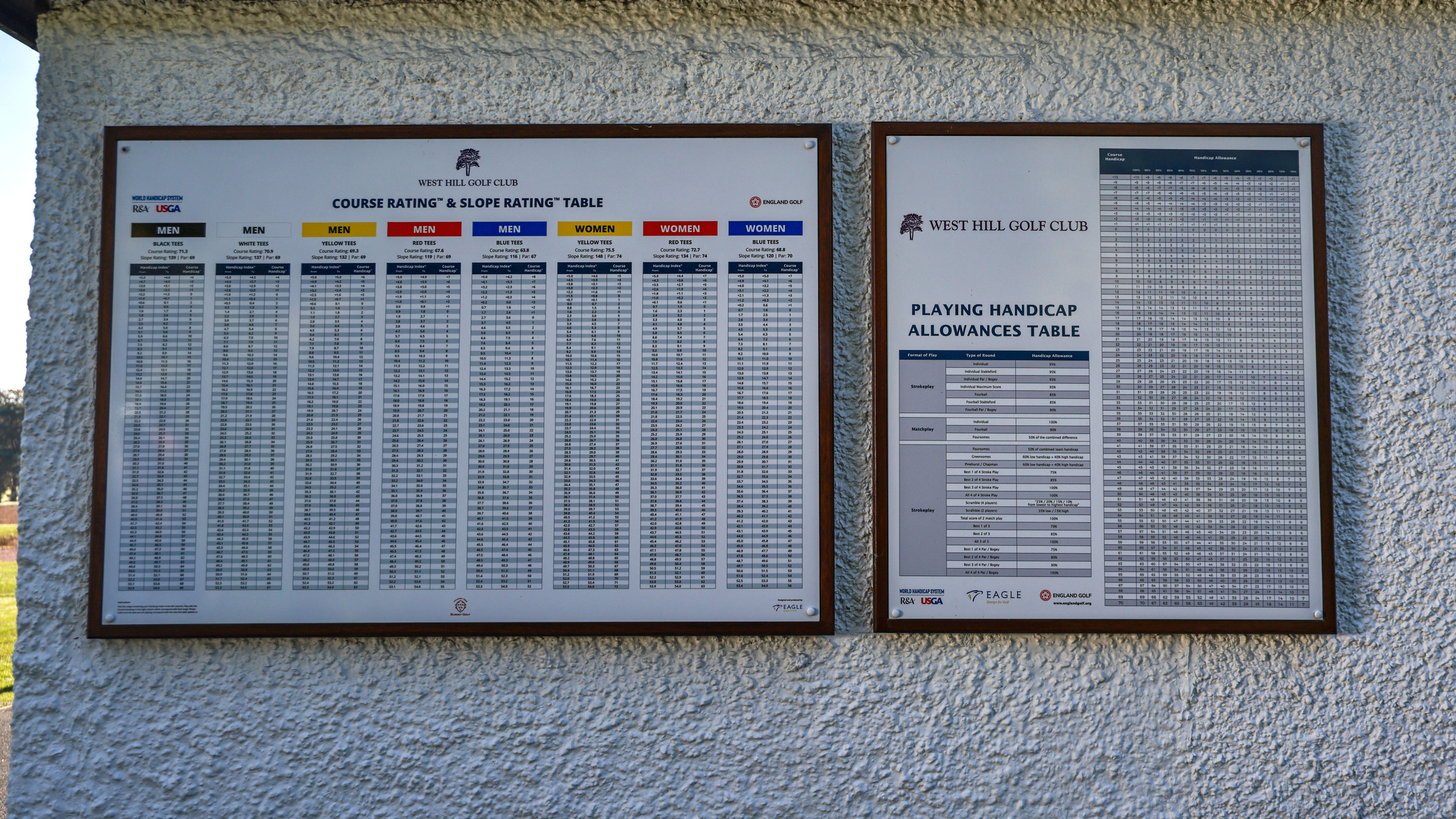
Since 1st April, competition and handicap committees in Ireland have had the power to affect Playing Handicaps in singles competitions as well as four ball stroke play, Stableford and V Par competitions.
Rather than the standard 95% of Course Handicap in singles stroke play and 85% in four ball stroke play and Stableford, committees in Ireland have the option to reduce Playing Handicap to 90% or 85% (or to increase it to 100%) of Course Handicap in singles stroke play.
In four ball stroke play comps plus Stableford and V Par, they can reduce the allowance to 80% or 75%, or increase it to 90%.
This is a trial year for Ireland and the option for new allowances, but the plan is that England, Scotland and Wales will follow suit in 2026.
The changes have come about because of feedback from lower handicap players who feel they have been disadvantaged under the new World Handicap System.
But why do we need a Playing Handicap? Isn’t Course Handicap sufficient? Why do we have % allowances, and why would they need to be increased?
The explanation is, it’s to provide equity. The idea of the handicap allowance is to give each player in the field equal chance of winning each event on any given day.
Think of it like this – A 2 handicap player versus the average 20 handicap player in a stroke play competition. The possible relative scoring range of the average 2 handicap player is far smaller than the 20-handicap player.
It’s easier for the high handicap player to have a superb day and shoot 5 or more below their handicap. It may happen once in a blue moon, but it can happen. That’s not something the average 2 handicapper has in their locker.
If you have a big field with a wide range of handicaps, the chances are that one of the high handicappers will have that “once in a blue moon” day where they beat their best by 5, thereby giving the lowest handicappers in the field no chance.

If you give players 95% of their handicap, that will mean the 2 handicap golfer still gets 2 shots but the 20 handicapper only gets 19. The idea is that it gives everyone more of an equal chance to win on the day.
The reason Ireland is trialling the option to reduce that allowance to 85% in singles stroke play is, the general feeling is that 95% isn’t going far enough to be equitable.
If 95% means a 20 handicapper only loses one stroke, that 5-under day is still 4-under. At 85%, they would get 17 meaning the 5-under day would be 2-under… The 2-handicap player might have a chance of matching that.
Does that mean that Course Handicap is Inaccurate?
No. If a player puts in regular scores, their best 8 from the last 20 will give them their Course Handicap. The 20-handicap player, who is less consistent, will likely have six or seven poor scores in there with one or two very good ones. Their Course Handicap is a fair average of their ability.
On the average day, the 20-handicap golfer won’t play to 20, even if they can beat that handicap occasionally. It would be unfair for them to have a lower handicap.
The Playing Handicap is designed to counter the statistics for competition purposes. In a field of 100 people with 40 players off 18 or above, at least one of those 40 is going to have their, occasional, good score that day, thereby taking the lower handicap players out of the equation when it comes to winning the event.
In a smaller field or a field with a narrow range of handicaps, the committee (under the new system being trialled in Ireland) would have the option to keep Playing Handicap at Course Handicap. Say, the entire field was off 5 or better, it might make sense to move the allowance up to 100%.
The calculation to reach Course Handicap is correct and it delivers accurate handicaps for individuals based on their average performance. But for equity in competition, an allowance must be applied to ensure everyone in the field has a fair chance to win on the day.
Depending on the field size and the spread of handicaps, committees, (under the system being trialled by Golf Ireland) can choose to either reduce or increase that allowance. It means players of any handicap should feel they have an opportunity. That will hopefully encourage more people to participate.







